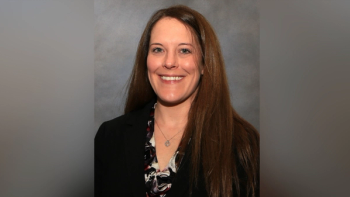
Rep access continues its downward slide in the US, says ZS Associates
Kansas physicians love their rep visits; Wisconsinites, not so much...
The 2015 AccessMonitor, a proprietary data source of ZS Associates (Evanston, IL) shows a continued slide in rep access—now the majority (53%) of physicians are “access restricted,” which ZS defines as meeting with 31-70% of reps who call on them. The 2014 figure was 49%; in 2008, the first year ZS began studying the topic, only 23% of physicians restricted access.
This trend is well known in the industry, but ZS ferrets out some factors that are driving access down: one is health system consolidation. ZS compared 20 metro markets and the miparct of the 25 largest health-system mergers; 19 of the 25 mergers showed a higher-than-average decline in rep access in the year following the merger. “We saw mergers quickly cut off access to as many as 4% of local customers, on top of general restrictions physicians place on sales reps today,” said Malcolm Sturgis, an associate principal at ZS and leader of ZS's AccessMonitor offering.
Another factor is med school influence: for regions where one of the top 12 medical schools is located (as rated by US News and World Report), access is six percentage points less among all physicians in the region (i.e., not just the graduates of that school). The geographic influence of rep access (with med school locations noted) shows that, on a state level, Kansas remains one of the most rep-accessible states, while Wisconsin, among others, is the least accessible (see figure).
ZS goes one step further in its analysis by calculated the cost of “infeasible calls,” defined as a failed attempt to match a top-rated rep with a physician visit, even when that effort has been funded. The cost to the pharma industry is roughly $1 billion annually—down from nearly $3 billion in 2008, but still sizable.
Overall, this trend is pushing more marketing dollars into multiple channels besides face-to-face calls—the rep “orchestrator” model that ZS and others espouse. Reps won’t go away; but their role is evolving. “The future for sales reps is less about, ‘How can I see a doctor?’ and more about providing the full spectrum of sales and marketing information to doctors via their preferred method of communication to increase engagement,” concludes Pratap Khedkar, principal at ZS, in a statement. “Even if certain physicians are ‘rep-accessible’ now, they could limit access in the future. Sales reps who orchestrate all communication channels — including digital – to supplement sales force interactions and cater to the physician's preferences will experience the best results.”
More details in the ZS report are available
Newsletter
Stay ahead in the life sciences industry with Pharmaceutical Commerce, the latest news, trends, and strategies in drug distribution, commercialization, and market access.





